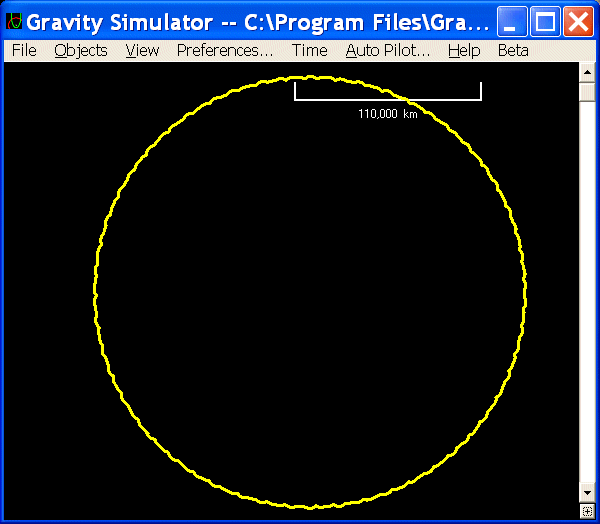Yes, each planet creates a different barycenter with the sun.
All these barycenters get added up. Like, if one pulls 1,000 miles left and another pulls 3,000 miles right, the sun actually moves 2,000 miles right. You add up the vectors.
the path that the sun is pulled due to all these forces makes it look almost random,
but it's really just the sum of a whole lot of very symmetric forces that change with time in a flower petal pattern.
This is how the sun's center gets dragged around by the gas giants:

The scale bar is the diameter of the sun (1,300,000 km).
Subtract Jupiter's contribution:

We observe that the other big planets, even added together, don't QUITE pull the barycenter outside the sun.
Here's the contribution of Uranus only. Note the scale change. The wiggles are due to the other gas giants perturbing Uranus (not the sun):

With a HUGE scale change (zoom in 1,000x), we see that Pluto only pulls the sun about 20 miles off center:




